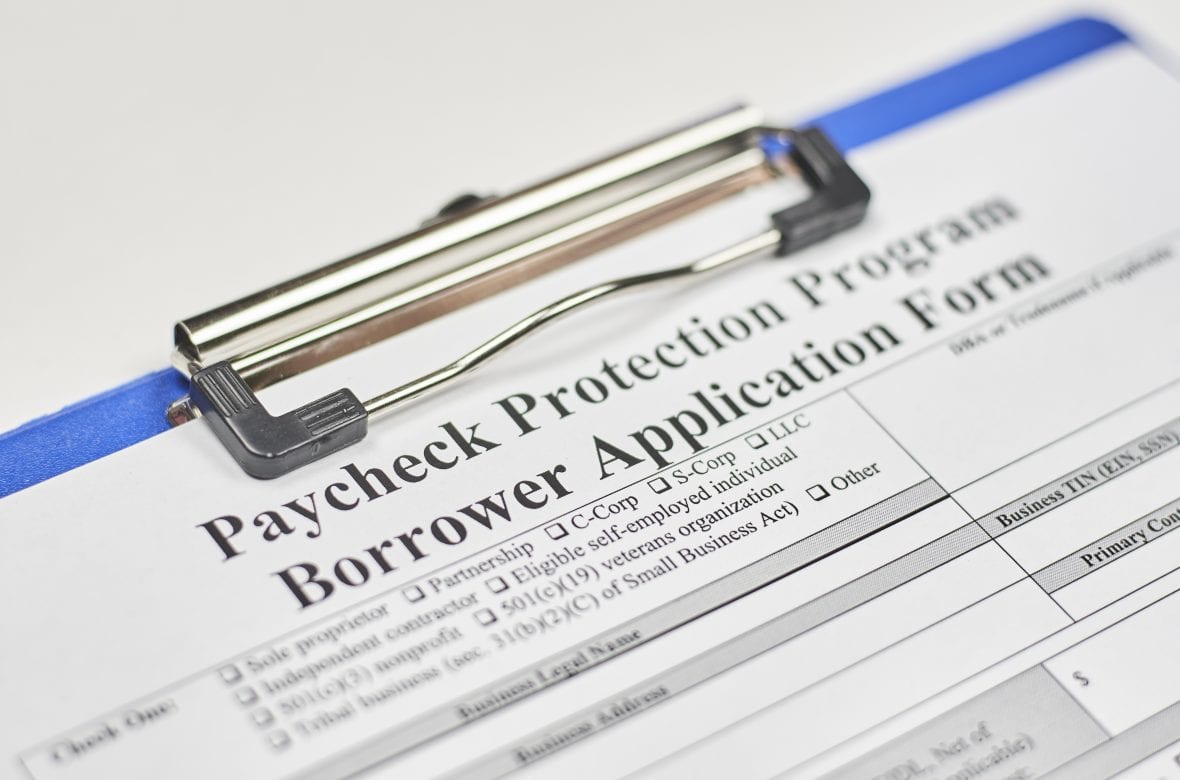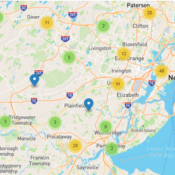Making Sense of the Federal Paycheck Protection Program
Executive Summary
The Paycheck Protection Program (PPP) was enacted on March 27, 2020 through the CARES Act to alleviate economic strain caused by COVID-19. PPP loans are available to small businesses that successfully applied, on a first-come, first-served basis, without regard to the severity of a state’s COVID-19 outbreak or its total number of small businesses. As of May 8, the Paycheck Protection Program (PPP) approved $526.8 billion through 4.2 million loans to help small businesses in each state weather the economic strain caused by the COVID-19 pandemic.
Although New Jersey small businesses struggled to secure loans in Round 1 relative to other states, Small Business Administration (SBA) data indicates that New Jersey small businesses improved their access to funding in Round 2. In total, the Garden State received the 9th most loans (124,489) and 8th most funding in the nation ($17.6 billion). Based on a Focus NJ analysis of SBA PPP data and SBA small business data, an estimated 14% of New Jersey’s small businesses received loans, which was on par with states that received similar amounts of PPP funding.
Even though NJ’s estimated percentage of approved businesses aligns with similarly funded states, 86% or 759,560 New Jersey small businesses have not received federal assistance through the PPP program. Given that Round 2 funding has not been exhausted, it appears that most businesses that want PPP funding, and are eligible, have received it. While there is no data that quantifies which businesses did not apply or why, or the number of businesses that were rejected, it can be concluded that a large number of small businesses in the Garden State have not received assistance through the PPP and continue to weather the economic downturn with limited federal assistance.
Contributors
 Nicole M. Sandelier
Nicole M. Sandelier
Executive Director
 Hunter Griffin
Hunter Griffin
Graduate Fellow
Download PDF




